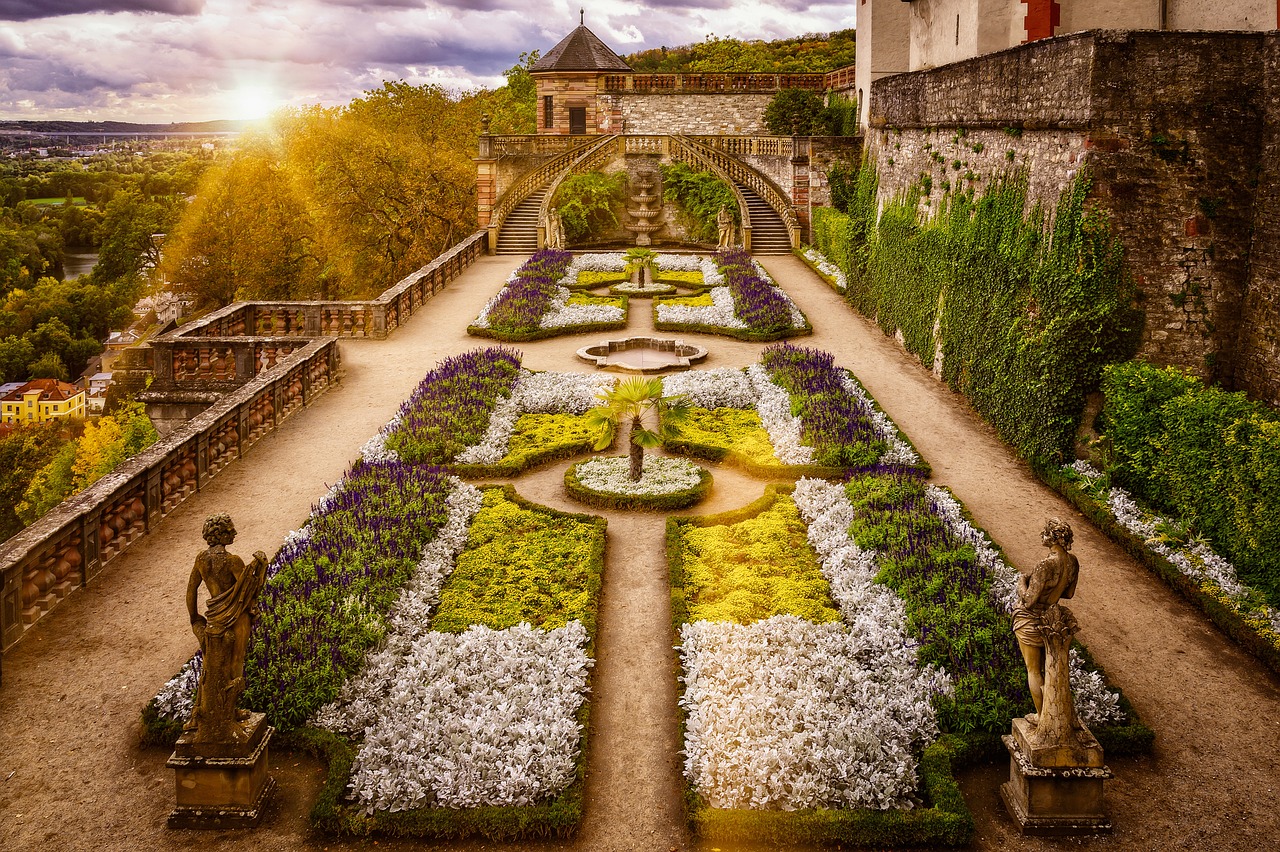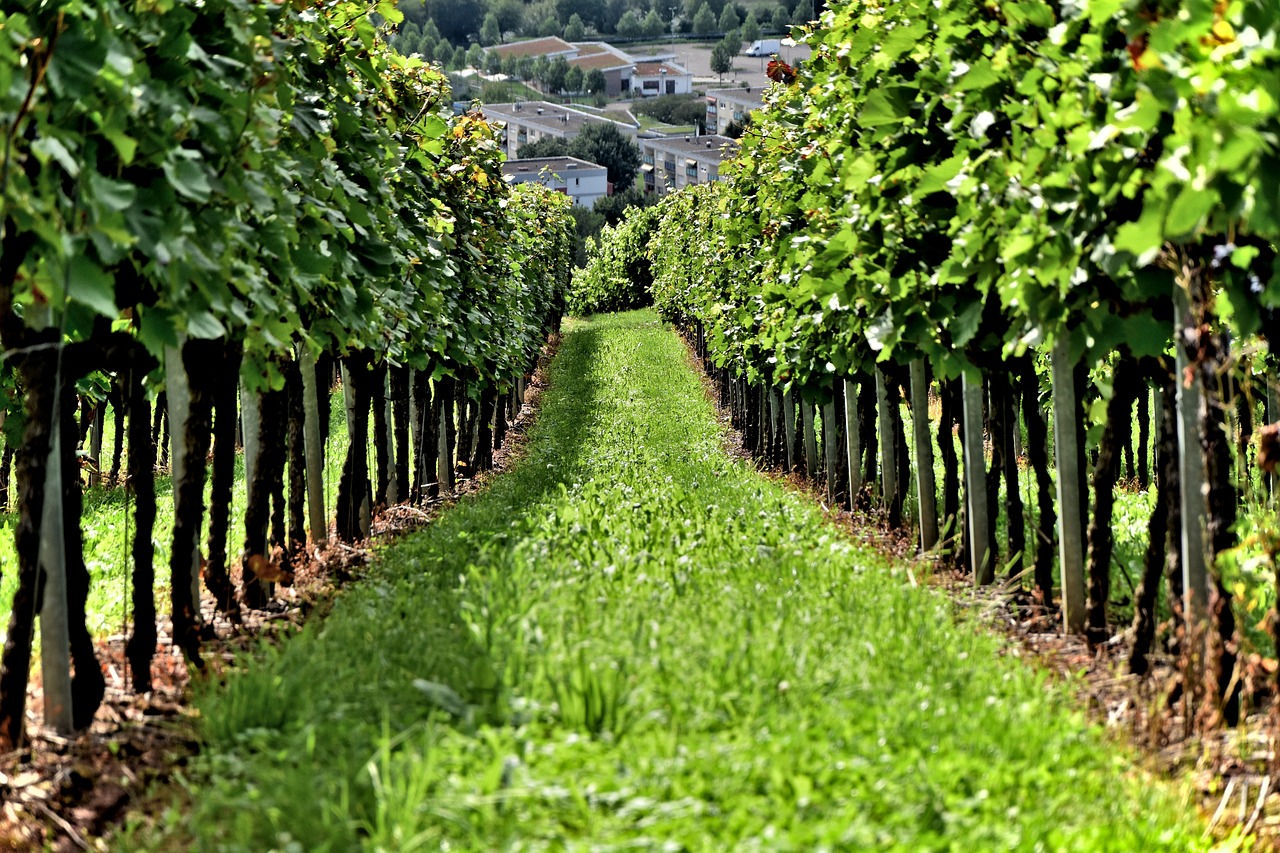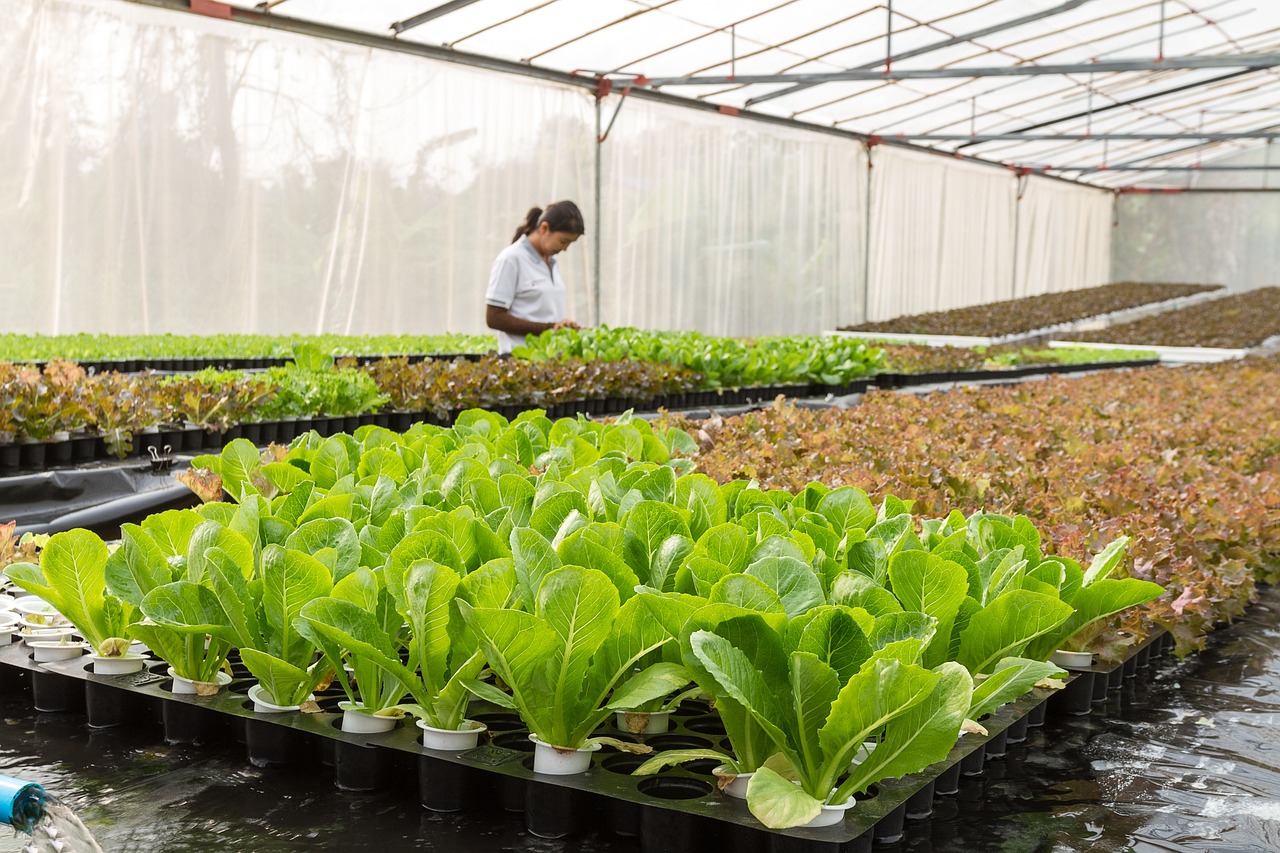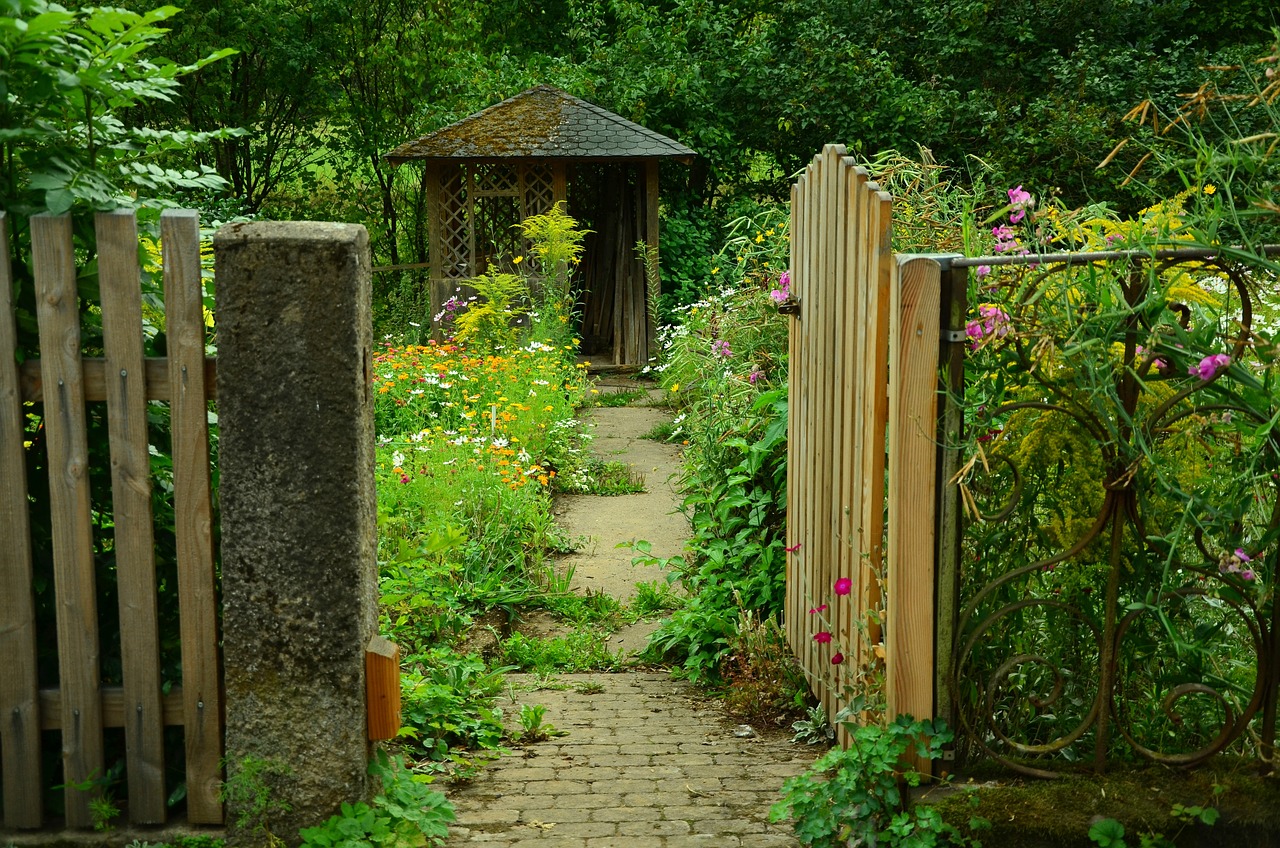Are you tired of wasting your time and money on watering your garden? Do you want to learn how to water your plants more efficiently? Look no further! This article will provide you with some valuable strategies for watering your garden effectively.
Watering your garden deeply and infrequently is the first strategy you should consider. This method allows the roots to grow deeper into the soil, making them more resilient and less dependent on frequent watering. Additionally, it reduces water loss due to evaporation and helps to conserve water.
In this article, you will learn about other strategies, such as timing your watering sessions, using drip irrigation systems, collecting and reusing rainwater, and selecting drought-tolerant plants. By implementing these strategies, you will not only save time and money but also contribute to a more sustainable environment.
Watering Deeply and Infrequently
You’ll want to water deeply and infrequently to ensure your plants get the most out of each watering session. This means watering your garden once or twice a week, but giving it a good soak each time.
When the soil is watered deeply, the roots of your plants will grow deeper and stronger, making them more resilient to drought and disease. To make sure you’re not overwatering or underwatering, it’s important to monitor the moisture levels in your soil.
You can do this by sticking your finger into the soil about an inch deep. If it’s dry, it’s time to water. If it’s still moist, wait a day or two before checking again. Additionally, mulching benefits your garden by helping to retain moisture and regulate soil temperature.
A layer of organic material like leaves or grass clippings can go a long way in reducing water evaporation and keeping your plants healthy.
Timing Your Watering Sessions
When it’s scorching outside, it’s crucial to water your plants during the coolest part of the day to prevent them from wilting and dying. The best time to water your garden is in the early morning or late evening when the temperatures are cooler, and there’s less chance of evaporation.
If you water during the hottest part of the day, the water will evaporate before it can reach the roots of the plants, and you’ll end up wasting water.
The frequency of watering also depends on the weather conditions and the type of plants you have in your garden. Some plants require more water than others, and overwatering can be just as harmful as underwatering.
Overwatering can lead to root rot, which can kill your plants. It’s important to monitor the soil moisture levels and only water when necessary. By timing your watering sessions and being mindful of the frequency, you can efficiently water your garden and promote healthy plant growth.
Using Drip Irrigation Systems
Using drip irrigation systems can be a game-changer for gardeners who want to conserve water and ensure their plants receive consistent moisture. These systems work by delivering water directly to the plant’s roots, minimizing water waste and reducing the likelihood of overwatering.
Drip irrigation systems are especially useful for gardens with a variety of plant types, as they allow for customized watering schedules and can be easily adjusted based on the plant’s water needs. The installation process for a drip irrigation system can be done by the gardener themselves or through the help of a professional.
It involves laying out the tubing and emitters, connecting it to a water source, and setting up a timer to ensure consistent watering. Maintenance tips for drip irrigation systems include regularly checking for leaks or clogs, adjusting the water pressure to prevent overwatering, and ensuring that the emitters are delivering water directly to the plant’s roots.
With the use of drip irrigation systems, gardeners can save time and water while still providing their plants with the necessary moisture for healthy growth.
Collecting and Reusing Rainwater
Don’t let any more rainwater go to waste – collect and reuse it to nourish your plants and reduce your water bill.
One way to do this is by using a rain barrel. When choosing a location for your rain barrel, make sure it’s close to your garden and that it’s not in a low area where water can accumulate. You can also elevate it on a stand to increase water pressure. Additionally, consider filtration options such as a mesh screen or a charcoal filter to remove debris and impurities before using the water on your plants.
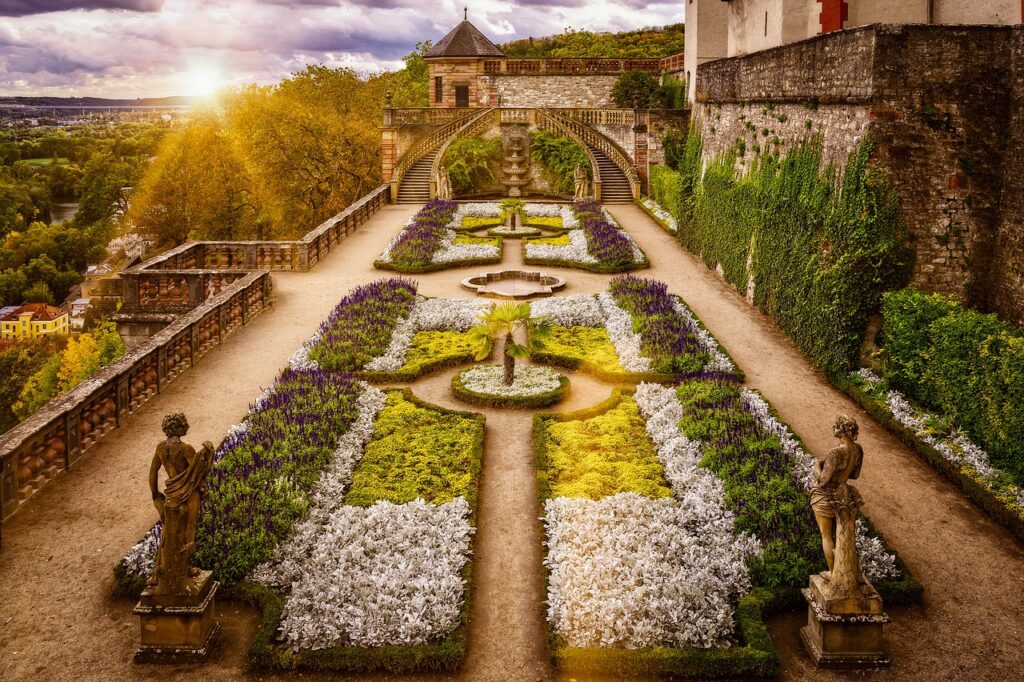
There are also DIY rainwater collection methods that you can try. One option is to create a simple rain chain that directs water into a container. You can also use a plastic kiddie pool or a large storage container to catch rainwater. Just make sure to cover the container to prevent mosquitoes from breeding.
With these methods, you can save money on your water bill and provide your plants with a natural source of nourishment.
Choosing Drought-Tolerant Plants
If you want to save water and still have a beautiful garden, choose drought-tolerant plants. Plant selection is key when it comes to creating an efficient garden that doesn’t require excessive watering. Instead of choosing high-maintenance plants that demand a lot of water, opt for ones that can withstand dry conditions.
Garden design also plays a crucial role in ensuring that your plants thrive with minimal water usage. Grouping plants with similar water needs together can help you avoid over-watering some plants while neglecting others. Additionally, incorporating mulch into your garden design can help retain moisture in the soil and reduce evaporation.
By choosing drought-tolerant plants and designing your garden with water conservation in mind, you can enjoy a beautiful and sustainable outdoor space.
Frequently Asked Questions
How can I know if I am overwatering or underwatering my plants?
To determine if you’re over/underwatering your plants, look for signs like yellowing leaves or soil that’s too dry/wet. You can also use plant moisture meters. Adjust watering frequency for container plants and raised beds as needed.
What is the best time of day to water my garden?
The best time to water your garden is early in the morning or late in the evening. Watering frequency depends on factors like soil type, weather, and plant needs. Avoid watering during the hottest part of the day to prevent evaporation.
Can using a hose for watering be as effective as using a drip irrigation system?
Wondering if a hose is as effective as a drip irrigation system for watering your small garden? While a drip system may be more efficient, a hose can be cheaper and just as effective with proper watering techniques.
How can I effectively store and reuse rainwater in my garden?
To effectively store and reuse rainwater in your garden, consider rain barrel installation. Place them in convenient locations to collect water and use it for watering plants. This is one of the best water conservation tips.
Are there any plants that require more frequent watering than others, even if they are drought-tolerant?
Some drought-tolerant plants still need more frequent watering than others. Plant specific watering needs vary, so research before planting. Watering techniques for potted plants may differ from those in the ground.
Conclusion
Congratulations! You’ve learned some great strategies for watering your garden efficiently.
By watering deeply and infrequently, you can help your plants develop deeper roots that are better able to access water and nutrients. Timing your watering sessions is also important, as watering during the cooler parts of the day can help prevent evaporation and water waste.
Consider using drip irrigation systems to deliver water directly to your plants’ roots, as this can help reduce water waste and ensure that your plants get the water they need. Additionally, collecting and reusing rainwater is a great way to conserve water and keep your garden hydrated.
Finally, choosing drought-tolerant plants can help reduce your water usage and create a beautiful, low-maintenance garden.
With these strategies in mind, you can enjoy a thriving garden while conserving water and being kind to the environment. Happy gardening!






